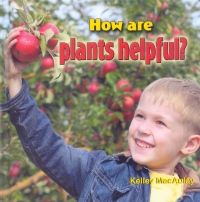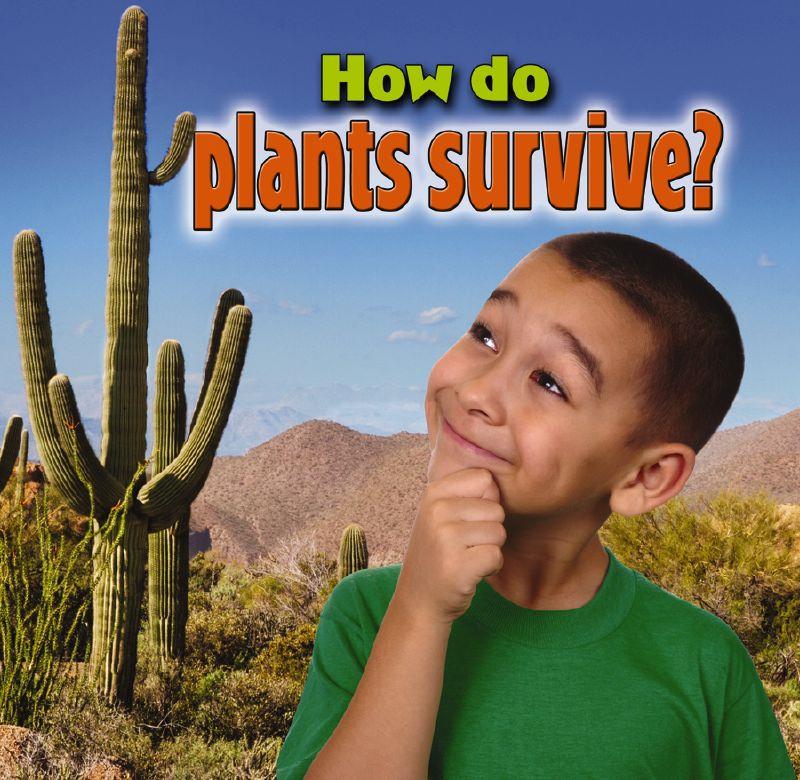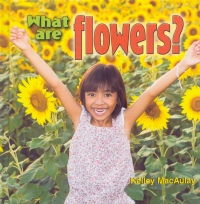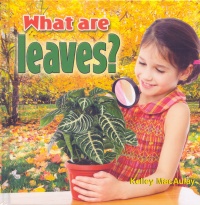| ________________
CM . . .
. Volume XX Number 19. . . .January 17, 2014
excerpt:
These four titles are the latest additions to the “Plants Close-Up” series which is designed to introduce young readers to the world of plants. Each of the titles has 10 short chapters, all of them double-page spreads, along with a table of contents, a “Words to Know” section, notes to adults and an activity to try. There is also a list of books and web sites for further study. The text, consisting of only two or three sentences per page, is printed in a large, simple font with plenty of white space, perfect for beginning readers. Vibrant color photographs are well-suited to the text and further readers’ understanding of the concepts presented. How Are Plants Helpful? shows children the varied uses of plants: food, shelter, furniture, fabrics, medicine, candy, shade, paper, fuel and the creation of oxygen. Readers will learn that plants are natural resources that are essential to all living things and, as such, should be nurtured and protected. In How Do Plants Survive?, the focus is on the adaptations which help plants to survive in desert, tundra, rain forest, ocean, wetland and grassland habitats. Some examples include the thick, waxy stems of cacti which enable them to store water, the fuzzy hairs of tundra plants which protect them from the cold and wind, and the long stems of deep ocean plants, such as kelp, which reach toward the sunlight. One minor flaw in the book is the misplacement of the double-page spread about the four seasons as it interrupts the flow. Perhaps this section could have been placed at the end of the book. What is a Flower? examines the parts of a flower and their purpose. Other topics in this title include how flowers attract birds and insects, pollination, and how seeds travel. Close-up photos of beautiful flowers not only help readers to see the flower parts more clearly, but they also help them to better comprehend the concepts. Leaves can be different shapes, sizes and textures. In What Are Leaves?, readers will learn the difference between simple and compound leaves, the specialized parts of a leaf, how leaves make food for the plant, and why leaves change colour in autumn. Some leaves also have features which protect them from people and animals, one example being the thorns or spines on holly leaves. There are some excellent photos of veins and stomata. These will help children to understand how water is moved through a leaf and how leaves breathe. A good, basic introduction to plants for beginning readers, the “Plants Close-Up” series has a place in primary classrooms. Recommended. Gail Hamilton is a former teacher-librarian in Winnipeg, MB.
To comment
on this title or this review, send mail to cm@umanitoba.ca.
Copyright © the Manitoba Library Association. Reproduction for personal
use is permitted only if this copyright notice is maintained. Any
other reproduction is prohibited without permission.
NEXT REVIEW |
TABLE OF CONTENTS FOR THIS ISSUE
- January 17, 2014.
AUTHORS |
TITLES |
MEDIA REVIEWS |
PROFILES |
BACK ISSUES |
SEARCH |
CMARCHIVE |
HOME |



